BELGRADE — While the black-capped chickadee is the official state bird of Maine, the purple martin draws birders from out of state to Belgrade, where there’s been a continuous colony for more than 100 years.
Purple martins are found along both sides of the coasts of the Atlantic, first landing in Europe in 2004. Their iridescent purple color is easily mistaken for jet black. They have an average length of around 8 inches, making them the largest of North America’s eight species of swallows.
In Belgrade, there has been a continuous colony of the large swallows since 1909. Martins rely heavily on humans for housing. In pre-colonial North America, Native Americans kept the birds in hollowed-out gourds. As the birds are insectivores, they would keep pests, such as mosquitoes, from settlements. Now, in Belgrade, plastic gourds are returning in conjunction with the houses.
Martin houses, much like human apartments, are multi-tiered and are elevated above the ground. Hammond Lumber Co. employees offered their services to the Belgrade martin population in order to complete the houses in the past, but the structures have since become damaged.
Upon noticing the disrepair, John Alexander, of Sheffield, Massachusetts, offered a donation of around $800 to help redo the houses. Alexander, who has been on birding trips in Maine, felt the houses preserved a long-standing part of the state’s birding culture.
“It’s not something you can put a dollar and cents thing on,” Alexander said. “It seemed to me like something that had to be kept, so I was happy to be able to do it.”
Derek Lovitch, a birding guide and co-owner of Freeport Wild Bird Supply, spearheaded the project. Lovitch said the degradation of the houses is not solely to blame for the declining population.
“The population could decline dramatically if we lose this colony,” Lovitch said. “Like other birds that eat insects, decline likely stems from a combination of insecticides, habitat loss, climate change and hazards during migration.”
According to Lovitch, the Belgrade colony is viewed exponentially more than all other Maine colonies of purple martins. While there are many colonies along the East Coast, the Belgrade colony is convenient for bird watchers because of its location along popular birding routes.
“They are pretty and they like to associate with humans,” Lovitch said. “The Belgrade colony is most popular with birders because of its proximity to other target birds.”
Don Mairs, a birder from Belgrade, was quick to give credit to Lovitch for driving the project. Mairs said the purple martins are part of the culture in Belgrade.
“They’ve been here since 1909,” Mairs said. “People really enjoy seeing them.”
Mairs said new housing arrangements will be staggered in order to let the birds get acclimatized to them. Repairs to the old wooden houses will be done on a rotating basis, in an effort not to disturb the population.
Alexander, who is regularly guided by Lovitch on birding expeditions in Maine, gave a broader importance to the birds.
“To me, birds are kind of like music or art,” Alexander said. “Our lives are better with nature, just like they are with Rembrandt or Beethoven.”
Send questions/comments to the editors.

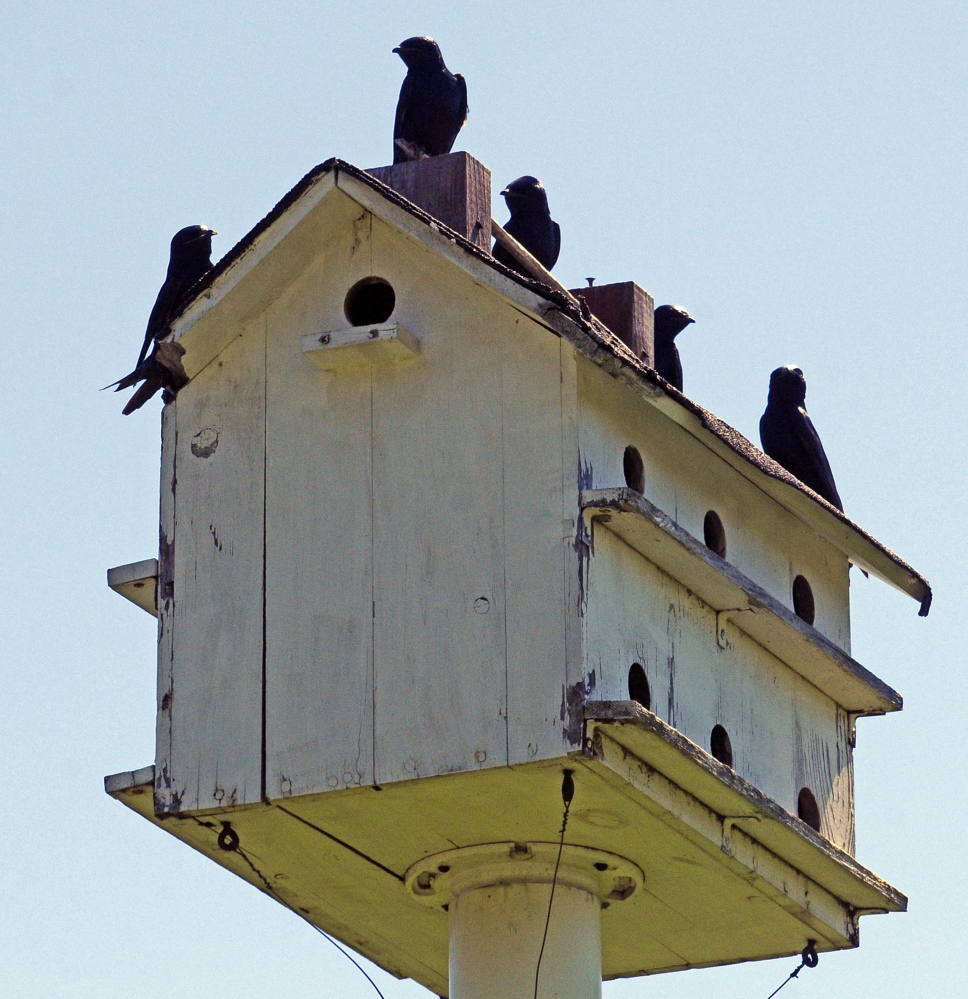
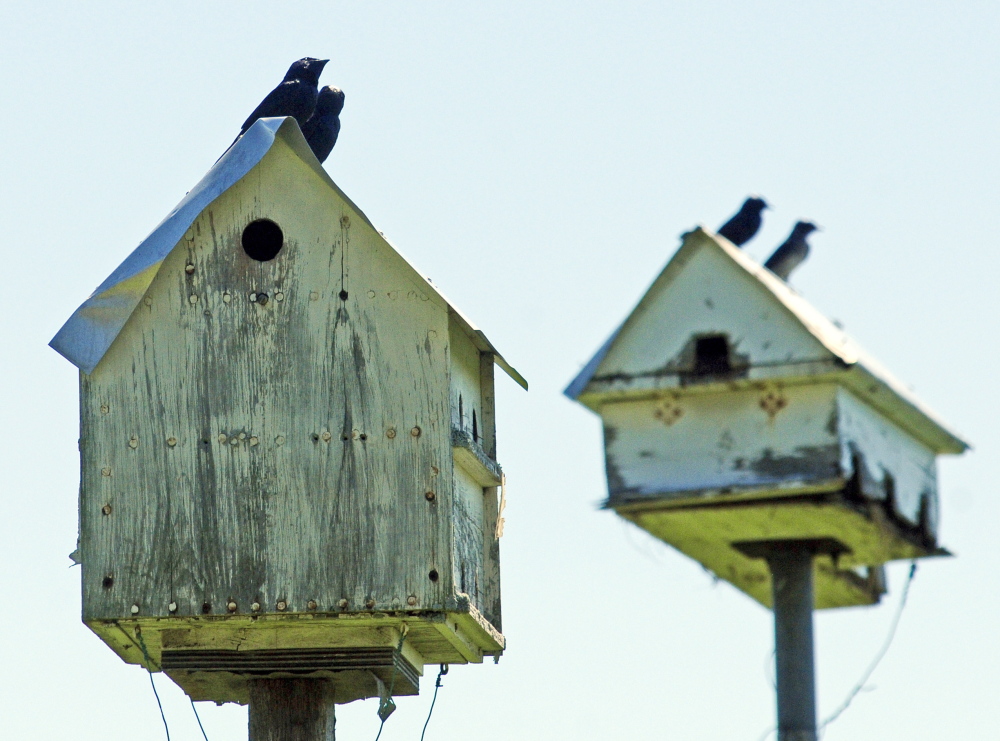

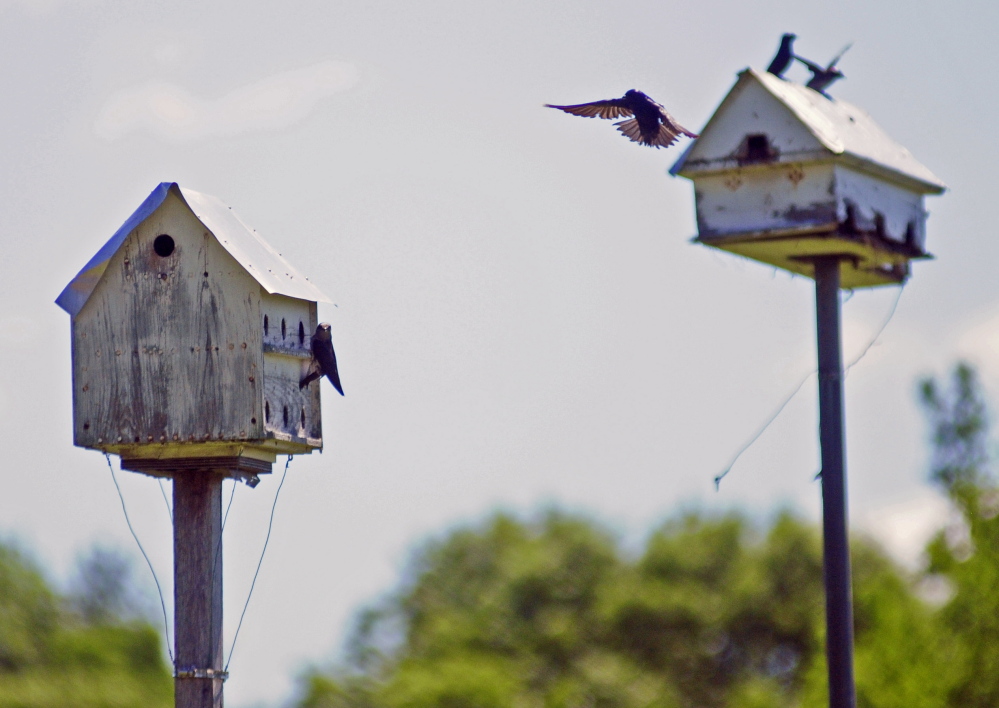
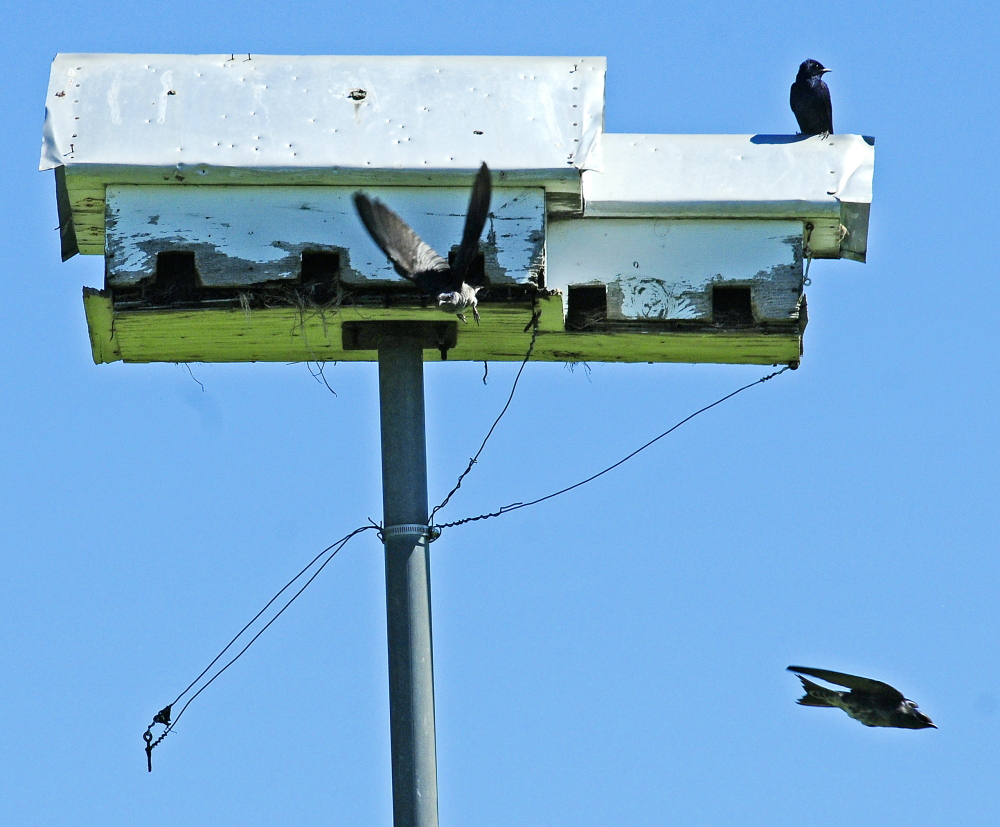
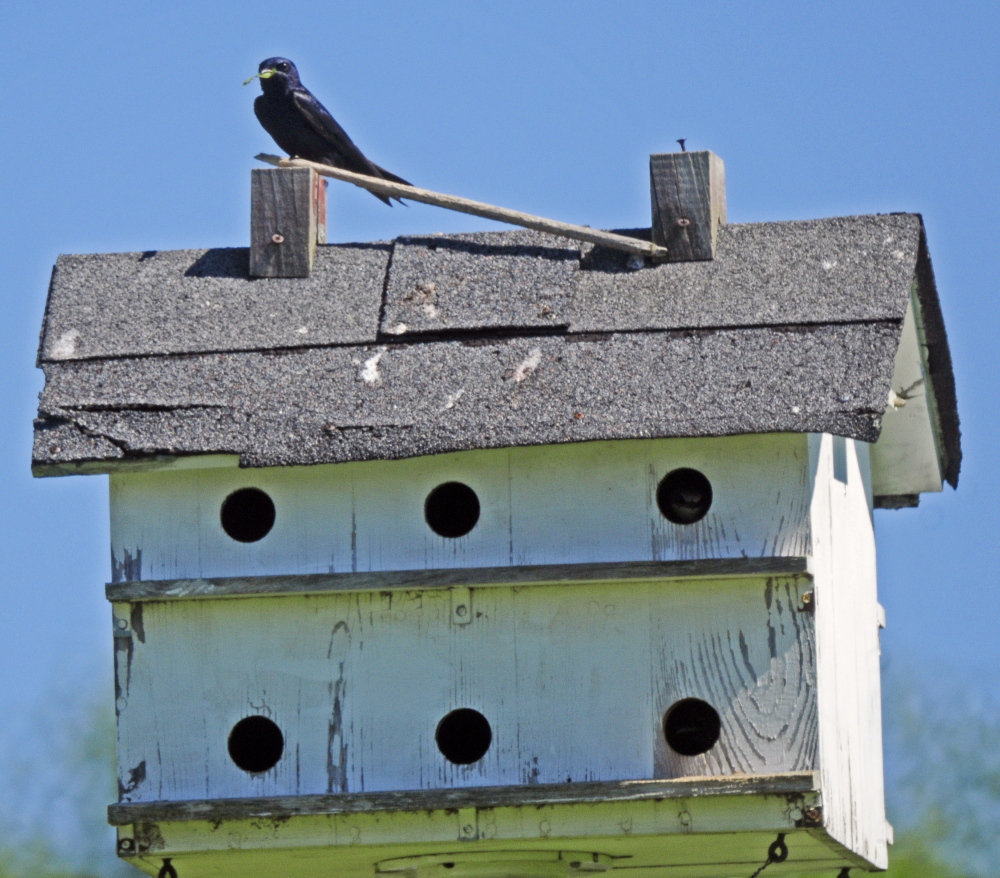

Success. Please wait for the page to reload. If the page does not reload within 5 seconds, please refresh the page.
Enter your email and password to access comments.
Hi, to comment on stories you must . This profile is in addition to your subscription and website login.
Already have a commenting profile? .
Invalid username/password.
Please check your email to confirm and complete your registration.
Only subscribers are eligible to post comments. Please subscribe or login first for digital access. Here’s why.
Use the form below to reset your password. When you've submitted your account email, we will send an email with a reset code.